Coleman central air conditioner reviews?
ranger481vs
13 years ago
Featured Answer
Sort by:Oldest
Comments (8)
neohioheatpump
13 years agoranger481vs
13 years agoRelated Discussions
Central Vac Help
Comments (43)Central vacuums are interesting. It seems like they're much more popular in the North than in the South. In fact, I have never actually seen one here in the South. It almost seems like the large house you have, the less economical the system would be. If we're looking at $1/sq ft, we're looking at a pretty expensive vacuum in a 4,000 sq ft house. Furthermore, if that's the starting price, maybe we should estimate $1.50/sq ft for extra conveniences such as HAH (without which it almost kind of defeats one of the major advantages of a central vac system). So what kind of a vacuum could I get for $6,000? Probably a Dyson for every single room in addition to a few spares. Lets not forget that any problems you have with your central vac system could be within a wall...talk about high maintenance costs (a service fee, ripping out walls, redoing drywall, painting, etc)! Lets also not forget what happens if you vacuum up something that you didn't mean to/ didn't want to such as Mr. Lego man and his family! With that said, the major advantages to me seem to be what I assume are much greater suction and separating yourself from the trash and dust. Anyways, if I ever got a system, my favorite feature would probably be the option of automatic dustpans. I would sweep EVERY DAY if I didn't have to worry about manually filling a dustpan and then the inevitable line of dust that you can never fully capture. I dream about how awesomeness an automatic dustpan would be for people who shed a lot of hair when they comb it. With that said, maybe incorporating some of these (http://www.amazon.com/Eye-Vac-EVPRO-Professional-Touchless-Stationary/dp/B0011G20QY/ref=pd_sim_sbs_k_1) in my $6,000 vacuum budget would be worth it ....See MoreNeed a new Central Air Unit
Comments (7)It is a 14-SEER 2-Ton condenser. PDF with specifications: https://www.google.com/url?sa=t&rct=j&q=&esrc=s&source=web&cd=2&cad=rja&uact=8&ved=0CCcQFjAB&url=https%3A%2F%2Fwww.lennox.com%2Fpdfs%2Fbrochures%2FLennox_14ACX_Air_Conditioner.pdf&ei=ddCNVbvXBsyqogTaoJ7YAw&usg=AFQjCNG8DeCYORCGxwR9Lw9aii7wix14IA&bvm=bv.96783405,d.cGU...See MoreNeed recommendations for air sourced cold climate heat pumps
Comments (29)Re: Symie “Can any one of you answer the question of how to install a HP without the need for backup or fossil fuels? That was the original question.” I see you’ve already made your choice, that’s great. As you have already chosen a gas system, I’ll try to give you the short answer. An Air-Source Air-to-Liquid HP utilizing Variable Speed Compressor technology (VRF) & Enhanced Vapour Injection (EVI), that you already indicated that you know something about, is the choice of HP able to operate at very low Outdoor Temperatures averaging a ‘Seasonal’ COP fairly close to that of geothermal - without the need of a ground loop (geothermal is still the Gold Standard - but at a price). The indoor distribution is via hot or chilled water feeding in-floor radiant, heat emitters (radiators) fan coils units to change indoor temperatures quickly (heating or cooling), hydronically fed central fan coil units (to condition an entire floor), chilled beams or any combination there of. The way the Defrost Mode can work without backup is that in heating mode, the only mode requiring Defrost, is that a hydronic system employs the use of a buffer tank that stores hot water. The buffer tank can have many functions besides the prevention of short cycling (as when one small zone such as a bathroom in-floor radiant zone or even just a hydronically heated towel warming rack calls for heat), depending on design of the system. It can be configured that during Defrost Mode, the thermal energy stored in the Hot Water Buffer Tank is diverted and used to defrost the HP condenser coil while simultaneously continuing to heat the home, as there is enough stored thermal energy to do both. Depending on the design of the buffer tank system there might be as much as a 5˚F -10˚F drop in temperature of the stored hot water - but that temporary drop in water temperature would hardly be felt in the home because unlike a ‘Conventional’ Air-Source HP that completely switches over to Air-Conditioning, the Hydronic system might see that drop in buffer tank stored water from possibly 120˚F to say, 110˚F - not enough to feel any real difference in the home for perhaps the 20-minutes it takes to defrost and even less so with a system designed with all emitters operating at a design water temperature of 110˚F. Afterwards, the buffer tank quickly recovers when the HP fully switches back to heating. Keep in mind that when doing things the ‘Conventional’ way you still have at least 2-separate systems, such as a gas furnace and an air-conditioner. The system described above can be 1-fully integrated system for space heating, air-conditioning, Domestic Hot Water production - all with 1-source of energy, 1-utility entrance and 1-bill. It can also be designed to perform all functions all at the same time. “Current HVAC has 88K BTU and can't keep up as we get down toward single digits and 3 ton cooling which struggles to keep up over 90 degrees.“ Given your situation, I personally would be looking to do something quite different. While you should be able to sort out your HVAC challenges with conventional forced air technology, I would be concerned that some issues while ameliorated were not quite resolved leaving me unhappy. I might therefore choose water knowing that if I could deliver the right temperature water to all distribution points within the envelope, an easy task with proper design, that I could with the right emitters and fan coils, control the temperature in all parts of the home - heating and air-conditioning. Keeping to a specific temperature, water is easier to control than airflow. A modern water ECM circulator (pump) might drawing 50-watts (small incandescent light bulb) for the whole house instead of a ½-HP Blower Motor. Hydronics are much easier to zone and control than forced air. A 1-inch insulated pipe might be easier to install than duct work. "A given volume of water can absorb almost 3500 times a much heat as the same volume of air, when both undergo the same temperature change.” 3/4"tube = 20"x12" duct 3/4"tube = 18" ø duct Having said all this, I would still insist on an electric boiler backup in case of a real Emergency, such as a Compressor Lockout Condition or if for any reason the HP could not keep up with the envelope or DHW heat loss, if that were part of the design - but not for reasons of Defrost! While I’m not on-site to first hand evaluate your situation, if this were my home, I would look to do something cutting edge and radially different, rather than ducted forced air that has given you no real satisfaction. Please keep in mind - I am NOT trying to sell you anything. A HP Hydronic conversion would be a much more expensive Premium solution! ‘Think Water’ (But don't drown in the details) IMPO SR...See MoreIs it okay for my air conditioners / furnace flue pipes to be here??
Comments (55)Austin Air My advice is you need to get tough with One Hour Installation. It is unfortunate but you have another year of fighting under your labor warranty in order to get the claimed "100% Satisfaction Guarantee". You have many photos showing problems. Reading all the posts it appears this franchisee has hired incompetent techs and is unwilling to fix the installation problems. You should speak to the franchise owner and explain you want this to be fixed properly and if he can't he can remove all the equipment and return all your money. Do It Yourself, Mike is right here. But the more information you can gather the better. What was installed before this unit, model # / serial # of previous equipment / note problems you have had either via service tickets from one hour / premature part failures etc. You need to go higher up the processing chain at your installer. Manager, is likely going to be your first stop. Because the way one hour is set up as a company this unit is likey a franchise. You may have to put in some serious work to figure out who owns this company. It could be the manager it could be someone else entirely. (namely an investor) Investors typically are just the deep pockets of the operation. Have little to "no" knowledge of HVAC. *maybe they do* If you don't get any traction calling them: Go to BBB (better business bureau) Think of this as a way to "reach someone" of importance. However, because one hour is a franchise you need to be sure BBB understands which franchise... because BBB will contact them. If you don't get any results thru BBB: contact your local news channel. This is really a drastic step, but given the situation you may need to give it some serious thought if the BBB option doesn't get any response or one that is satisfactory. Given all the trouble you've laid out here, I think it's in your best interest to have them take this equipment out / give your money back. Then you'll need to look for a new HVAC company and start this process over again. I'm interested in knowing where you are located. If you can post that info it isn't going to hurt anything. Let us know how things turn out. HVAC companies like this need to be put out of business they give the industry a black eye. --------------------- Me and my HVAC company: it would never come to this. I am hands on. You call me, you get me. Of course some commenting on this thread wouldn't want to talk to me, because they know how "easy & not complicated" this job is. LOL. "joke of the morning" I service the Katy, Texas area. Austin Air I would have to agree with you as well that unfortunately this problem it's just way too sophisticated for me to get anybody here to physically assist me without having to literally take out all of the garbage they put in wrong. I am going to have to gather up as much more evidence of anything and everything over the next two days as I am calling my Township inspector to do a full inspection on my HP AC unit this week I felt that once I have the township print out a piece of paper saying that the job was basically crap that might be a little more incentive to light a fire under their ass to correct this issue without going to court or any other legal means...See Moretigerdunes
13 years agoneohioheatpump
13 years agoHU-618561129
4 years agoMarc Well
4 years agoShinoo Rana
4 years agolast modified: 4 years ago
Related Stories
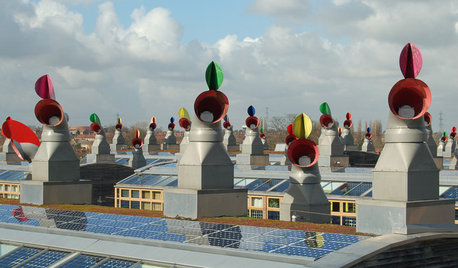
GREEN BUILDINGLife Without Air Conditioning? These Passively Cooled Homes Say Yes
Ever wish you could chuck that money-sucking air conditioner? Check out these homes that keep the air cool and flowing passively
Full Story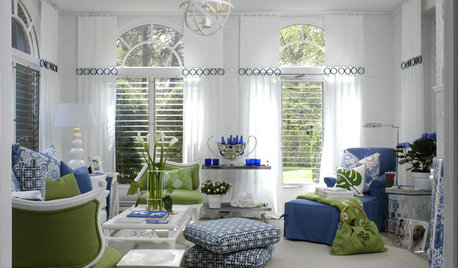
DECORATING GUIDES12 Ways to Cool Your Home Without Air Conditioning
If your summer energy bill is leaving you hot under the collar, consider these savvy alternate strategies for cooling down
Full Story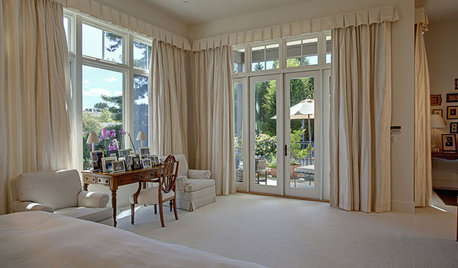
WINDOW TREATMENTSHow Low Should Your Drapes Go?
Hover, brush the floor or pool like Scarlett O'Hara's tears — we give you the lowdown on curtain length options
Full Story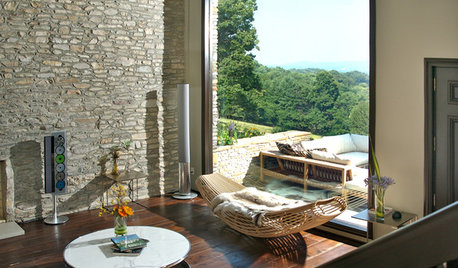
REMODELING GUIDESYour Floors: Zebra, Tiger, and Teak Wood, Oh, My!
Get the Pros and Cons of Exotic Woods: Hickory, Cherry, Rosewood and More
Full Story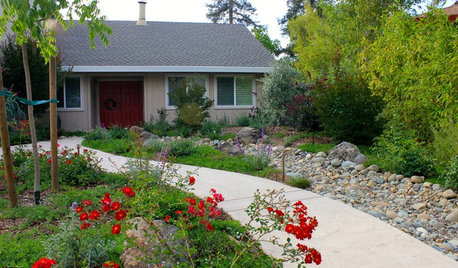
LANDSCAPE DESIGNCalifornia Says Goodbye to the Sprawling Ornamental Lawn
New state rules will effectively limit turfgrass to 25 percent of the landscape in most new and renovated yards
Full Story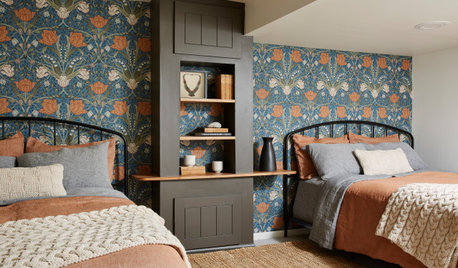
HOLIDAYS10 Essentials for a Gracious Guest Room
Stock the room with these basic items to make your overnight visitors comfortable
Full Story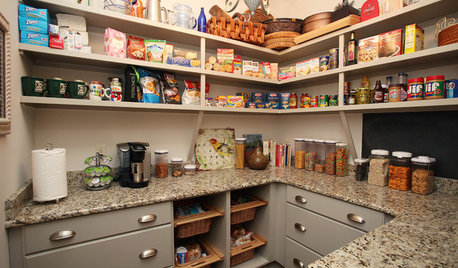
LIFEHow to Prepare for and Live With a Power Outage
When electricity loss puts food, water and heat in jeopardy, don't be in the dark about how to stay as safe and comfortable as possible
Full Story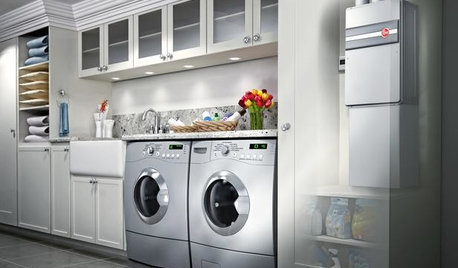
GREAT HOME PROJECTSHow to Switch to a Tankless Water Heater
New project for a new year: Swap your conventional heater for an energy-saving model — and don’t be fooled by misinformation
Full Story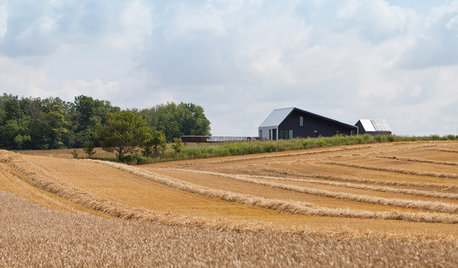
GREEN BUILDINGOff the Grid: Ready to Pull the Plug on City Power?
What to consider if you want to stop relying on public utilities — or just have a more energy-efficient home
Full Story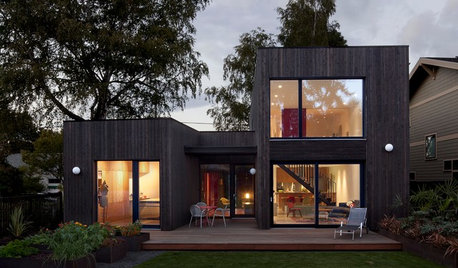
BASEMENTSDesign Workshop: Is It Time to Let Basements Become Extinct?
Costly and often unnecessary, basements may become obsolete — if they aren’t already. Here are responses to every reason to keep them around
Full Story



ranger481vs